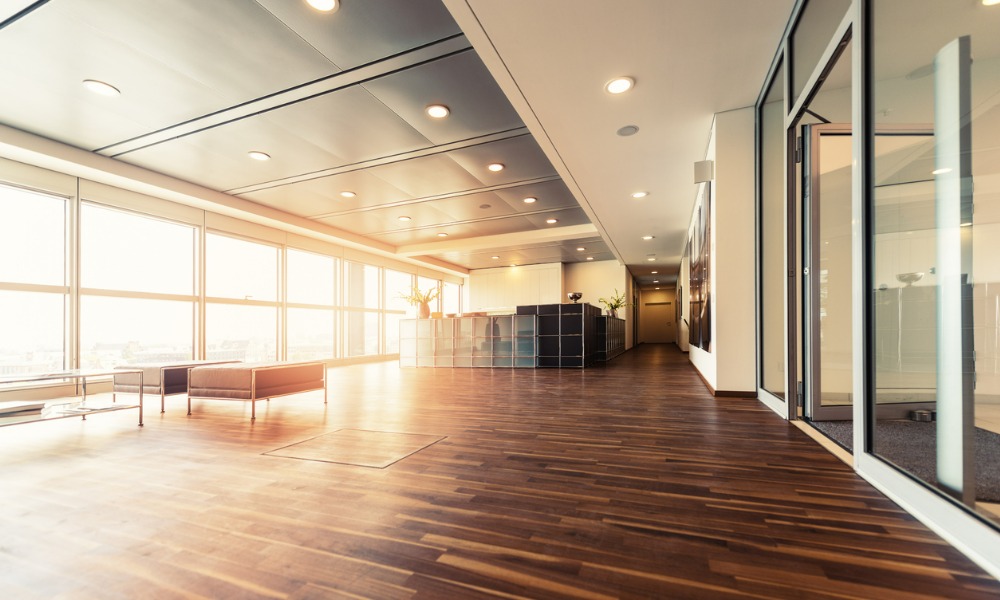Does natural light also make workers more productive?

While working in natural lighting is not a privilege afforded to every worker, it potentially should be because there are multiple advantages. Certainly this is something that OHS professionals may want to consider as there are many ways in which natural lighting can increase health and safety in the workplace.
A recent Harvard Business Review story shared research by its HR advisory firm, Future Workplace, called ‘The Employee Experience’. The research revealed that employees want natural light. Polling 1,614 workers, the study found that North American employees enjoy access to natural light and views of the outdoors more so than other perks.
While there are some environments where this is simply not possible (underground mining for example, or those working night shifts), where it can be done employers (and safety officers) should be looking into ways to bring natural lighting into the workplace.
Make workers more productive. One of the main reasons is simply that it makes workers more productive. Not a safety concern per se but one that can have an impact on safety – increased productivity hopefully impacts an organization’s bottom line in a positive way, perhaps leading to a better budget for OHS! Multiple studies have shown that workers are potentially more productive when working with natural lightning.
Improve health and wellbeing. It is accepted that natural lighting helps our biological clocks to maintain a circadian rhythm. If our circadian rhythm gets out of whack it can lead to some potentially devastating health consequences (insomnia or depression for example).
Improves concentration. Multiple studies have shown that natural lighting can help relax workers and improve concentration. Having workers that are more able to concentrate/are less distracted leads to better safety outcomes
Increase happiness. The Harvard study referenced above found that a third of employees felt that they don’t get enough natural light in their workplace. 43 per cent of those surveyed said they were feeling gloomy because of the lack of light. By increasing access to natural light, employers will help increase employee wellbeing – which directly impacts worker health and safety.
Improve workspace. Having better lighting quite simply makes the workspace feel more appealing, more comfortable and more welcoming. Workers will feel better about coming into work every day. On a very basic level, having proper lighting is just plain common sense.
Help reduce energy consumption. As employers and safety professionals take a keener interest in sustainability, natural lighting can be a great way to help reduce energy consumption – great for the planet and great for an organization’s bottom line (again, hopefully leading to a better OHS budget).
Lower absenteeism. This fits in with the previous point about workspace improvement, if an environment is welcoming, workers will actually want to come into work, leading to lower absenteeism. No more scrambling to find workers or understaffed teams (potentially leading to hazardous safety scenarios).
Reduce eye strain incidence. Ever had to stare at a computer screen in the dark? It’s already bad enough that most of us are looking at screens all day, but doing it in less than optimal lighting can really put strain on the eyes. This is something that safety pros really need to be aware of.
Reduce headaches incidence. And similarly to the previous point on eye strain, not having to stare at a computer in the dark or strain to look for equipment will certainly help alleviate headache incidences.
Reduce drowsiness. The same Harvard study found that 47 per cent of those surveyed said that they felt tired or very tired from the absence of natural light (or a window).
Provides variety and stimulation. Having access to outside views is not just about natural light, it also gives workers a chance to view different landscapes and environments from those they experience in the office or the workplace, providing variety and stimulation.





